





 |
 |
 |
 |
 |
 |
| Jonathan Cheah Weng Kwong | profile | all galleries >> Avian Galleries >> Ciconiiformes >> Accipitrinae (Raptors) >> Aquila nipalensis - Steppe Eagle | tree view | thumbnails | slideshow |
 IMG_8770.jpg |
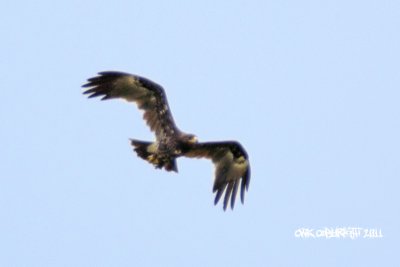 IMG_8788.jpg |
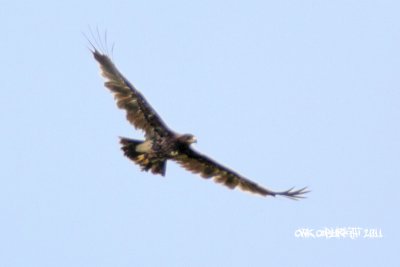 IMG_8789.jpg |
 IMG_8792.jpg |
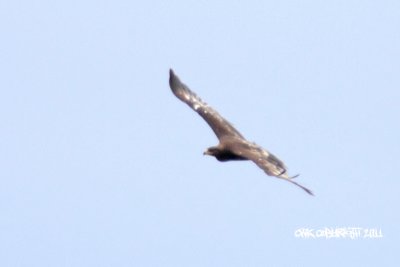 IMG_8801.jpg |
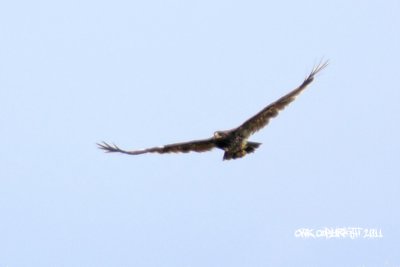 IMG_8806.jpg |
 IMG_8807.jpg |
 IMG_8808.jpg |
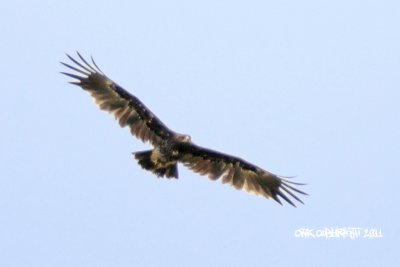 IMG_8809.jpg |
 IMG_8810.jpg |
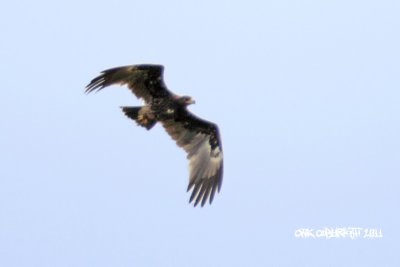 IMG_8811.jpg |
 IMG_8657.jpg |
| comment | share |
| joseantonio | 18-Dec-2011 10:43 | |